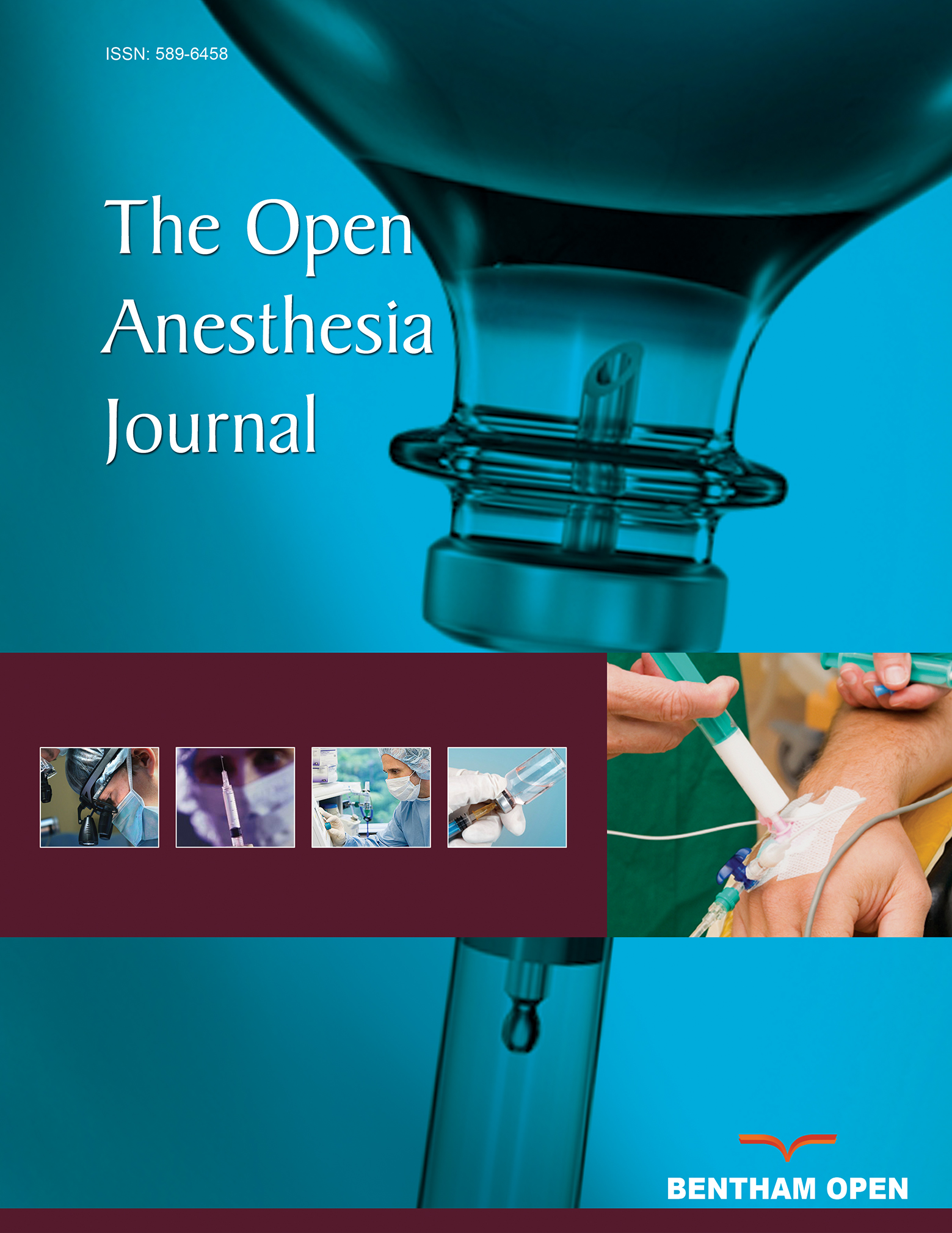Oral Ergotamine versus Theophylline as Treatment of Post-dural Puncture Headache (PDPH) in Cesarean Section: A Randomized Clinical Trial
Abstract
Introduction:
Post Dural Puncture Headache is (PDPH) a relatively common complication of spinal anesthesia. This study aimed to compare the effect of oral administration of ergotamine and theophylline on PDPH in patients undergoing a cesarean section.
Materials and Methods:
This clinical trial was performed on 60 parturients undergoing cesarean section with PDPH. A tablet of theophylline (100 mg) or methyl ergotamine C (1 mg plus 100 mg caffeine) every 8 hours for 24 hours was administered randomly to patients referred to the hospital with PDPH. Using a checklist, demographic information, history of previous PDPH, number of punctures and intensity, location, and onset time of headache were collected. Intensity and duration of PDPH in the first 24 hours after surgery were the primary outcomes and nausea, vomiting, and vertigo were considered secondary outcomes. The intensity of the headache was assessed using Visual Analog Scale (VAS) before and within the first 24 hours after drug administration.
Results and Discussion:
In both groups, the VAS of headache significantly decreased at 2, 8, and 24 hours after administration of theophylline and ergotamine compared to pre-intervention time (theophylline from 8.6 ± 1.1 to 0.2 ± 0.1 and ergotamine from 8.6 ± 1.5 to 0.4 ± 0.2). However, the intensity of headaches was not different between the two groups at 2, 8, and 24 hours after the intervention. Duration of headache was similar in both groups (15.7 ± 5.9 in the theophylline group versus 17.5 ± 14.2 ergotamine group). In terms of secondary outcomes of nausea, vomiting, and vertigo, both groups were comparable.
Conclusion:
Oral administration of theophylline and ergotamine are similarly effective in reducing PDPH in cesarean sections.
Clinical Trial Registration Number:
IRCT20120915010841N14.


